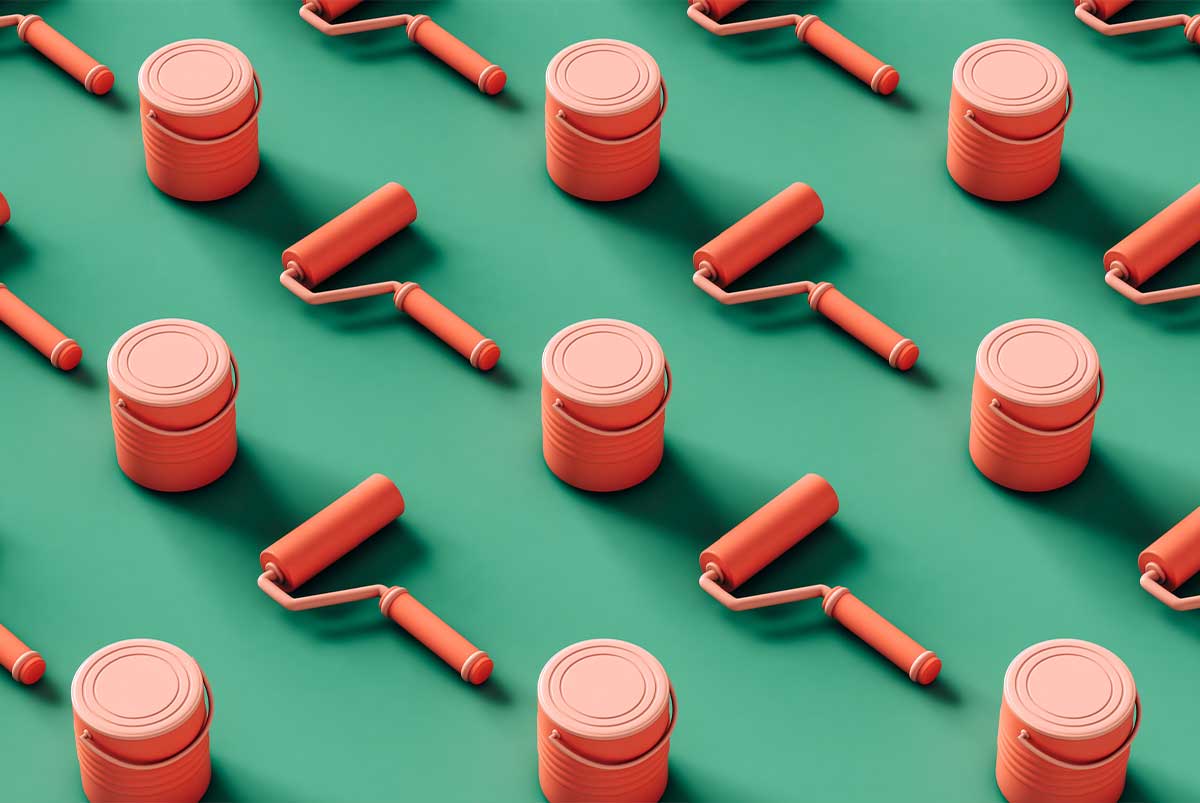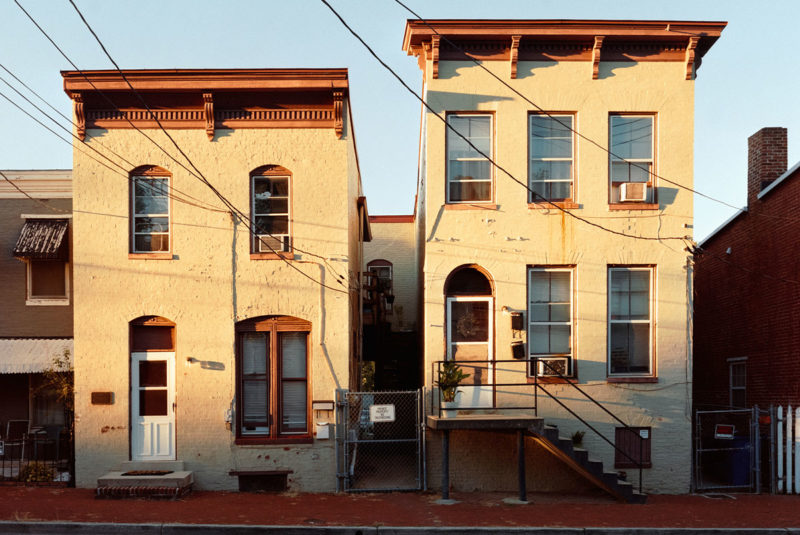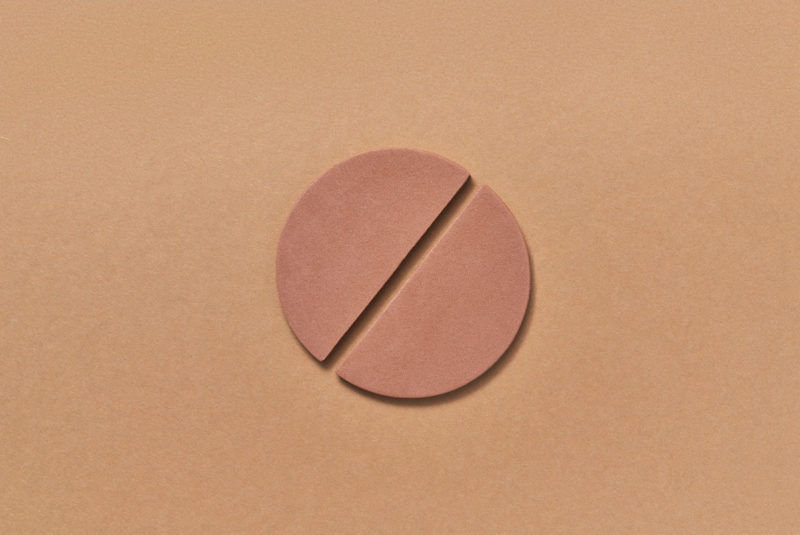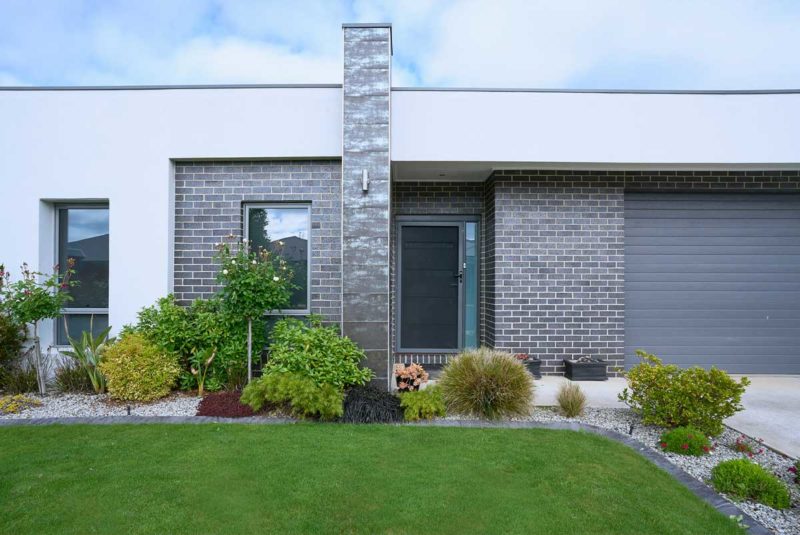Ready To Buy a Home?
Get Approved to Buy a Home
Rocket Mortgage® lets you get to house hunting sooner.
When you can’t afford a home in the neighborhood of your dreams, a fixer-upper can give you the chance to renovate a home anywhere and turn it into the house of your dreams. And because fixer-uppers likely need repairs, they’re usually easier on the wallet.
Yes, it all sounds perfect until you realize how much your renovated dream house will likely cost you. If you’re thinking of buying a fixer-upper, you’ll probably need to figure out how to finance its renovation, too.
Before you give up on your fantasy bathroom or state-of-the-art kitchen, consider applying for a renovation mortgage loan to keep your dream of rehabbing your home alive.
A renovation mortgage is a loan that’s big enough to both buy and renovate a home. But buying a house and financing home renovations can get complicated. Before you apply for a renovation mortgage loan, we’ll walk you through the different types of renovation mortgages and how they work.
What Is a Renovation Mortgage Loan?
Explore Your Mortgage Options
What are you looking to do?
A renovation mortgage loan (also called a fixer-upper mortgage) is a special type of mortgage that gives you enough money to buy a house and fund any home improvements or repairs.
In other words, it’s a traditional mortgage and a home improvement loan wrapped in one convenient package.
These mortgages typically come with lower interest rates than traditional home renovation loans, so you can save money on the cost of borrowing. With this type of loan, renovation costs can be folded into your mortgage, so you only manage one monthly payment. Because mortgages typically have lower interest rates than home renovation loans, you’ll probably pay less in interest, too.
To get your hands on all this cash, you’ll need to do a lot of legwork. Your lender will require you to find and work with a licensed contractor. You’ll have to complete the renovations in a set period of time. And you’ll have to meet stricter credit score and debt-to-income (DTI) ratio requirements.
Renovation mortgage vs. Home renovation loan
When you need to finance home improvement projects, you have a few options: renovation mortgages, refinancing or home renovation loans.
How does a renovation mortgage work in comparison to a home improvement loan, like a home equity loan, home equity line of credit (HELOC) or personal loan? Well, that depends on the loan.
Let’s look at a few different factors:
- Speed: Renovation mortgages allow you to start renovations soon after closing. With a HELOC or a home equity loan, you’d need to wait a few years to build up enough home equity to use for home improvements.
- Low interest rates: Mortgage loans usually have lower interest rates than remodeling home loans, so you’ll pay less to borrow money.
- Payments: With a renovation mortgage, you have a single monthly payment. A cash-out refinance offers the same perk. Other loans will add a separate payment.
- Control: With a renovation mortgage, the lender limits how and when you can use the money. When you use a traditional loan to remodel a house, you get complete control over the project and the project’s timeline. HELOCs fall somewhere in the middle. With a HELOC, you get a set number of years (typically 10 years) to withdraw funds.
- Credit score: Renovation mortgages – especially government-backed renovation mortgages – can provide access to low interest rates, even if you have a low credit score. With other types of financing, a low credit score may lead to a challenging approval process or higher interest rates.
- Loan term: A renovation mortgage spreads out costs over a long period of time, usually 30 years. HELOCs and refinancing options offer similar terms. If you use a personal loan to renovate your home, you’ll typically have a shorter repayment period.
How Do Renovation Mortgages Work?
You’ve decided that a renovation mortgage is the right choice for you. Now what?
Before you sign on the dotted line, there are a few things you need to do:
- Find a lender: Because renovation mortgages involve a great deal of oversight, risk and paperwork, banks don’t always offer them.
- Get approved: Your lender will check your eligibility, including employment, income, credit score and debt-to-income (DTI) ratio. Because these mortgages are a lot bigger than traditional mortgages, the requirements are usually tougher.
- Select a contractor: You’ll need to find a professional contractor who’s approved by your lender and willing to work with the lender’s terms.
- Get an estimate: Visit the property with the contractor to discuss your project and get a quote. Be aware that your renovations may be limited to your lender’s list of allowed improvements.
- Make a renovation plan and get it approved: Plan out all of your renovations and have your lender approve them. Once your lender is happy with the renovation plan, they’ll assess the property and decide how much you can borrow. The loan amount usually depends on how much the house will be worth after the upgrades.
What happens next?
Okay, you’ve signed the mortgage papers, and you’re ready to get started. How do you access the renovation funds?
Well, you probably won’t. The bank typically puts the money in escrow. The contractor periodically withdraws money to pay for labor and materials.
If you’ve ever been through a remodeling project, you know they tend to drag on. Lenders want to avoid that, so they set time limits. Usually, lenders require you to finish the upgrades within 6 – 12 months.
What Are Common Renovation Mortgage Loan Options?
Given the amount of work involved with a renovation mortgage, not all lenders offer them. And lenders that do offer them may only offer select types. There are a few key renovation mortgage loan options; most of them are secured by the government.
FHA 203(k)
Are you considering a Federal Housing Administration (FHA) loan? You can add renovations to your FHA mortgage with the FHA 203(k) program.
The FHA 203(k) is a renovation mortgage that’s insured by the federal government, but you borrow the money through a private lender. Because the federal government is backing the loan, it’s easier to get financing if you have a low credit score or plan to make a smaller down payment.
FHA 203(k) mortgages can be used for major repairs, cosmetic updates or smaller renovations.
The FHA 203(k) comes with a specific set of requirements[1]:
- The home must be at least a year old.
- You need to borrow a minimum of $5,000 for renovations.
- You must work with an approved contractor.
- Projects must be completed in 6 months.
- The post-renovation value of the property should be below your local FHA mortgage limit.
For renovations that cost $35,000 or more, the government will require you to work with an approved 203(k) consultant to help you navigate the process.
Fannie Mae HomeStyle® Renovation mortgage
If you’re looking for flexibility with your home upgrades, the Fannie Mae HomeStyle® Renovation mortgage could be the right fit. The loan allows you to make practically any improvement. You can put in new landscaping, replace the roof or install a few luxury upgrades.
To qualify for the HomeStyle® mortgage, you’ll need a credit score of at least 620 and a DTI that doesn’t exceed 45%.[2]
The Fannie Mae HomeStyle® Renovation mortgage offers flexible terms:
- It can be used on practically any property type.
- It’s available for second homes and investment homes with a larger down payment.
- There is a minimum 5% down payment. If you combine a HomeStyle® Renovation mortgage with a HomeReady® mortgage, the down payment minimum drops to 3%.[2]
- Renovations must be permanent and add value to the property.
- Projects must be completed in 1 year.
Freddie Mac CHOICERenovation® mortgages
Freddie Mac CHOICERenovation® mortgages are a cost-effective way to finance home and remodeling projects. You can either get a fixed-rate loan or an adjustable-rate loan. Your lender can combine the loan with the Freddie Mac Home Possible® or HomeOne® programs to lower your down payment to 3%.
The CHOICERenovation® loan is open to everyone, but it’s geared toward first-time home buyers, multigenerational households or homeowners who want to age in place.
While the program doesn’t apply a minimum credit score requirement, your lender probably will. If your credit score is at least 620, you’ll likely be in a better position for mortgage approval. And every lender sets their own debt-to-income (DTI) ratio requirement.
CHOICERenovation® mortgages can be customized to suit a range of properties and projects.
- They can be used for single and multiunit primary residences.
- They are available for single-unit second homes and investment properties.
- They can be used for disaster-proofing renovations.
- Renovations must be completed in 1 year.
CHOICERenovation® mortgages also allow you to work with a home improvement store for renovations. That’s a big perk if you can’t find (or afford) an approved contractor. As long as you qualify for the total loan amount, your renovation costs can be up to 75% of the as-completed appraised value.[3]
VA renovation loan
If you’re a qualified active-duty service member, a veteran of the U.S. armed forces or a surviving spouse, consider applying for a VA renovation loan, which is backed by the Department of Veterans Affairs.
Like other VA loans, a renovation loan (also referred to as a rehab loan or alteration and repair loan) lets you buy a home with no down payment and low interest rates, and you won’t need to pay mortgage insurance.
Every lender sets their own credit requirements. Typically, you’ll need a credit score of at least 620, but lenders will examine your overall finances before deciding to give you a loan. The terms of the loan also require you to work with VA-approved contractors and appraisers.
VA renovation loans have several important restrictions[5]:
- Only available for a primary residence
- Renovations must improve safety or habitability
- Cannot be used for luxury upgrades or structural repairs
- Renovations usually capped at $50,000
- Project(s) must be completed in 120 days
USDA renovation loan
Lower-income borrowers can purchase and upgrade homes in rural areas with USDA renovation loans. If you meet the U.S. Department of Agriculture’s income requirements, you can finance the house with a fixed-rate loan and no down payment.
USDA renovation mortgages allow for relatively small upgrades. The renovation budget usually maxes out at $35,000. If you need to make structural repairs, the USDA will allow you to borrow more than $35,000 for renovations.[6]
USDA rehabilitation and repair loans have unique requirements:
- Require a general contractor
- Available for primary residences
- Not available for investment properties
- Manufactured homes and condos aren’t eligible
- Can be used to repair existing features
- Cannot be used to install new luxury amenities
Renovation Mortgage Options at a Glance
| Loan | Allowed Uses | Considerations | Minimum Credit Score | Down Payment |
| FHA 203(k)[1] | Primary residence, cosmetic, no luxury renovations | Minimum renovation of $5,000, 6-month time limit | 500/580 | 3.5% – 10% |
| Fannie Mae HomeStyle® Renovation Mortgage[2] | Allows luxury renovations, can be used on any home, including investment properties | 1-year time limit, renovation costs up to 75% of the home’s value after improvements | 620 | 3% – 5% |
| Freddie Mac CHOICERenovation® Mortgages[3] | Allows luxury renovations and resilience items, can be used on any home, including investment properties | 1-year time limit, renovation costs up to 75% of the home’s value after improvements | 620 | 3% – 5% |
| VA Renovation Loan[5] | Primary residence, must be qualified veteran, active-duty military or surviving spouse to apply | Renovations usually capped at $50,000, 120-day time limit | None | 0% |
| USDA Renovation Loan[6] | Primary residence, subject to income requirements | $35,000 for nonstructural renovations, $35,000+ for structural repairs | None | 0% |
What Are the Pros and Cons of Renovation Mortgages?
Renovation mortgages can be a good idea if you want to use a single loan to buy and rehab a fixer-upper. They come with affordable terms, so you’ll likely pay less in interest and fees.
They’re also a lot of work for everyone involved. You can expect lots of upfront planning and paperwork. If you know what you want and you’re prepared to jump right into construction, the process can run smoothly.
Consider the pros and cons to decide if a renovation mortgage fits your financial circumstances.
PROS of renovation mortgages👍
CONS of renovation mortgages👎
Is a Renovation Mortgage Right for Me?
If you’re in the market for a fixer-upper, a renovation mortgage can help you hit the ground running. Instead of applying for stand-alone home remodel loans, you can get the money you need to buy the house and renovate it with a single loan.
Take the first step toward buying a home.
Get approved. See what you qualify for. Start house hunting.
The Short Version
- A renovation mortgage is a loan that's big enough to both buy and renovate a home
- These mortgages typically come with lower interest rates than traditional home renovation loans, so you can save money on the cost of borrowing
- Usually, lenders require you to finish the upgrades within 6 – 12 months
U.S. Department of Housing and Urban Development. “203(K) REHAB MORTGAGE INSURANCE.” Retrieved April 2022 from https://www.hud.gov/program_offices/housing/sfh/203k/203k–df
FDIC. “Homestyle® Renovation Mortgage.” Retrieved April 2022 from https://www.fdic.gov/resources/bankers/affordable-mortgage-lending-center/guide/part-1-docs/fannie-homestyle-renovation-mortgage.pdf
Freddie Mac. “CHOICERenovation℠ MORTGAGES.” Retrieved April 2022 from https://sf.freddiemac.com/content/_assets/resources/pdf/fact-sheets/cs-272_choicerenovation_fact_sheet_final2.pdf
Freddie Mac. “CHOICEReno eXPress℠ Mortgage.” Retrieved April 2022 from https://sf.freddiemac.com/working-with-us/origination-underwriting/mortgage-products/choicereno-express
U.S. Department of Veterans Affairs. “VA Pamphlet 26-7, Chapter 7 Loans Requiring Special Underwriting, Guaranty, and Other Considerations.” Retrieved April 2022 from https://www.benefits.va.gov/WARMS/docs/admin26/m26-07/Chapter_7_Loans_Requiring_Special_Underwriting_Guaranty_or_Other_Considerations.pdf
U.S. Department of Agriculture. “Purchase with Rehabilitation and Repair Loans.” Retrieved April 2022 from https://www.rd.usda.gov/sites/default/files/RD-SFH-RehabilitationRepairLoans1.pdf




